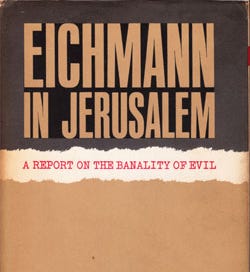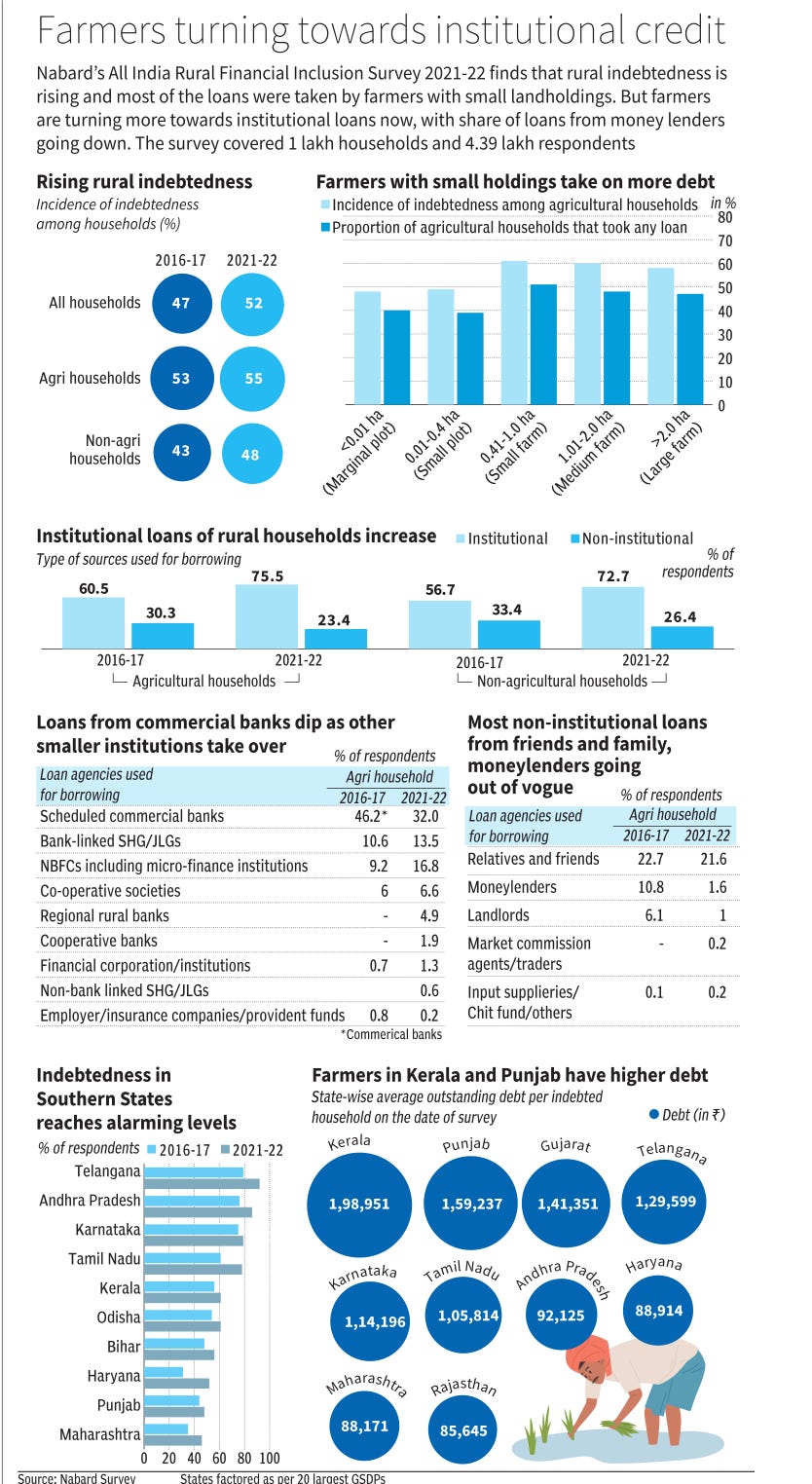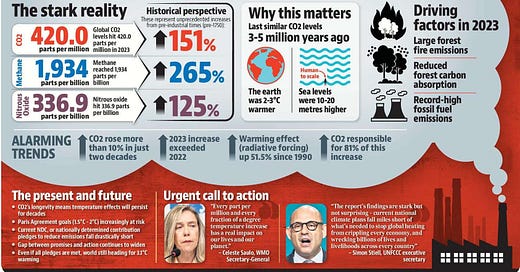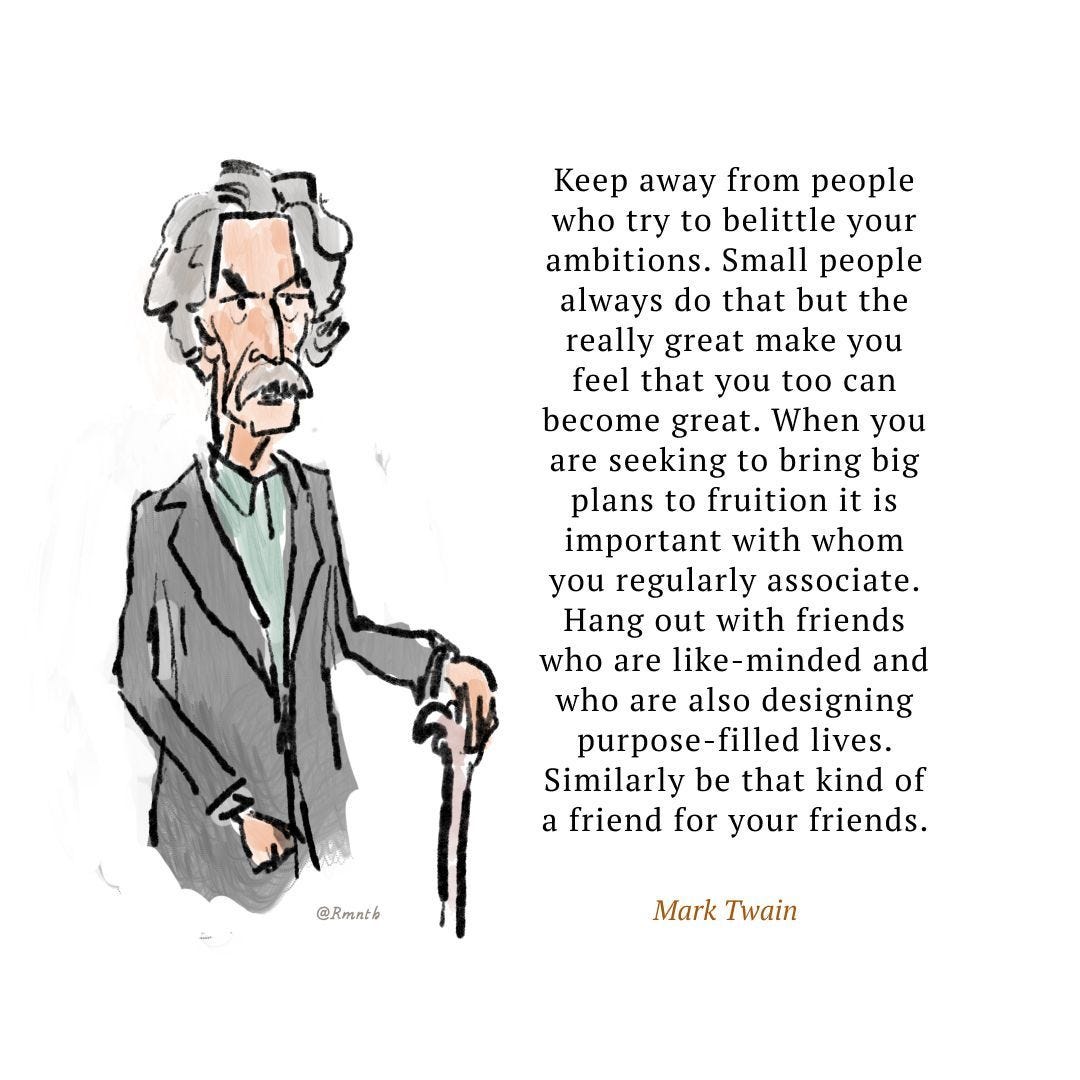Welcome to UPSCVerse Weekly Summary #44! This week, we have compiled a collection of important topics from major news sources that will be useful for UPSC preparation. We hope you find this summary and recommendations helpful!
Attempting too few questions, impacting overall score potential.
Not having a strong grip on fundamental books and concepts.
Ignoring previous years’ questions and missing key patterns and expectations.
Not practising mock tests, leading to poor time management.
Approaching the exam with a negative mental state or giving up before the exam even begins.
Experiencing stress and lack of sleep before the Prelims, reducing focus and efficiency.
Giving excessive weightage to current affairs while neglecting static subjects.
Taking unnecessary risks by relying on unreliable tricks, tips, and shortcuts.
Struggling with CSAT, especially in mathematics, and neglecting its importance.
Preparing in isolation, leading to a fear of missing out (FOMO).
Lacking a strong peer group or a good mentor to guide and support.
Having an attitude of denial and not accepting or learning from failures.
Poor planning of spaced revisions, affecting retention and recall.
If you know or have some suggestions, please use the comments section!
To those who are new, My name is Kalyan, I am a UPSC Mentor from Hyderabad. You can reach out to me on Telegram @kalyanzz
Movies: Mr. Smith Goes to Washington, a Time when people linked values and morals to politics.
Books: Nexus: The story of how information networks have made, and unmade, our world by Yuval Noah Harari Hope you remember Sapiens his best work.
Podcast: Bridging East and West: India’s Pursuit of Stability Amid China, Russia, and U.S. Dynamics As India navigates the path to re-establishing stability along its contested border with China, Gokhale and Varma analyse what the recent BRICS Summit outcomes and new patrolling agreements mean for India-China relations.
YouTube: The real reason polio is so dangerous
Articles: The symbolism of footwear
When a layperson, a common citizen of a country, hurls her sandal at a political leader, the act and the object acquire grave significance. Why does the citizen pick her footwear as a symbol of protest?
Quotes I liked:
"Only the tiniest fraction of mankind want freedom. All the rest want someone to tell them they are free." ~ Irving Layton
"Insanity in individuals is something rare — but in groups, parties, nations, and epochs, it is the rule." ~ Friedrich Nietzsche
Migration is an expression of the human aspiration for dignity, safety and a better future. It is part of the social fabric, part of our very make-up as a human family .~Ban Ki-Moon
"Opinion is really the lowest form of human knowledge. It requires no accountability, no understanding. The highest form of knowledge is empathy, for it requires us to suspend our egos and live in another’s world." ~ Bill Bullard
If you are New Here! Please kindly consider subscribing, thank you.
BEFORE you form new opinions based on Media narrations, I want you to think deeply on this tweet by Zorawar Daulet Singh
In India, we need to be careful when listening to anyone offering the mainstream analysis on the US Presidential election.
The so-called liberal propaganda that is reproduced in most media outlets in India would have us believe that this is a stark choice between a free and open American vision versus an isolationist impulse to turn the clock back on history. The liberals are said to believe in a stable world order; while the nationalists want to retreat from world leadership. The former will safeguard globalization; while the latter will see a return to anarchy.
Nothing could be further from the truth.
The reality is that the liberal-globalists are ruthless ideologues who are seeking to disrupt & transform American society down to the level of an individual human and eliminate all opposing ideas domestically and across the world.
Look at the devastating Ukraine war under Biden or the absolute mayhem in the Middle East or the weaponization of public goods and trade. The culture of a Cold War and conflict has reached a crescendo under the liberal-globalist ideology that cannot countenance a diverse international order based on a balance of power — a multipolar world — consisting of multiple civilizations each with their own cultures, traditions and national interests.
While it is unclear what the nationalists under Trump would actually pursue given the formidable legacy establishment that would mediate most major policies, there is little doubt on the path that a Harris administration would attempt to pursue at home and abroad. (View Tweet)
What does Trump’s term mean for the US and the rest of the world? by Shyam Sharan
For India and the current political dispensation, a Trump presidency does not create the same anxieties as among other US allies and partners. One asset is the obvious personal and even ideological affinity between Trump and Prime Minister Narendra Modi.
C Raja Mohan writes | In DC-Delhi warmth, cold light: Trump may look for Indian ‘pro’ for American ‘quid’
Over the last two decades, the US has operated under the assumption that boosting India’s capabilities is in America’s self- interest, especially in balancing China. But Trump is likely to demand some Indian “pro” for American “quid”. The idea that favours can’t be one-sided but mutual is at the heart of Trump’s statecraft. India could find itself on a steep learning curve as it figures that there may be no “free lunch” under Trump’s second term. Delhi might have to “give something” to “get something”.
In Trump, stronger and bigger, America has chosen The Great Disruption. Brace for the ride by Pratap Bhanu Mehta
Trump may be seen as a liar, but there is also a sense that liberal truth-seeking institutions like the media, academia, even scientific communities are tainted, no longer serving truth, weak-kneed in defence of free speech, and in their own way hostage to small elites and oligarchies. What are individual lies, Trump might intone, when big lies are being told about war, Covid and history? Whether liberal ideas have lost or the credibility of liberals is the question of our time.
Australia proposes ban on social media for children under 16
Australia is trialling an age-verification system to assist in blocking children from accessing social media platforms.
Interview question: Do you believe such a measure is effective in safeguarding youth?
Considering the pervasive role of social media in today's society, what challenges might arise from implementing an age-based ban?
What is DANA, the weather pattern which caused flash floods in Spain?
DANA or cold drop takes place when cold air descends over the warm waters of the Mediterranean Sea. This results in atmospheric instability, causing hotter, moist air on the surface of the sea to rise quickly, leading to the formation of dense, towering cumulonimbus clouds in a matter of hours. These clouds then dump heavy rain in parts of Spain.
Visual Impact: Why were the floods in Spain so bad? A visual guide.
More than one in three tree species threatened with extinction, finds IUCN’s first Global Tree Assessment
The International Union for Conservation of Nature's (IUCN) inaugural Global Tree Assessment reveals that nearly 38% of the world's tree species are at risk of extinction, surpassing the combined number of threatened birds, mammals, reptiles, and amphibians. The assessment, involving over 1,000 scientists, analyzed 47,282 tree species, identifying 16,425 as endangered.
The worsening impact of climate change, Lancet report
48% of the world’s land area faced extreme drought conditions last year.
151 million more people would be experiencing food insecurity due to such extreme weather events, compared with the years 1981-2010.
60% of lands were affected last year by extreme rainfall which unleashed floods and raised risks from water contamination or infectious disease.
512 billion potential labour hours, worth $835 billion in potential income, were lost due to extreme heat in 2023.
Last year, heat exposure put people engaging in outdoor physical activity at risk of heat stress (moderate or higher) for a record high of 27.7% more hours than on average in the 1990s.
The average person experienced 50 more days of dangerous temperatures in 2023, the hottest year on record, than they would have without climate change.
GDP is an outdated way of measuring the health of the economy
Many countries are now starting to give indicators of wellbeing a central role in judging how well the economy is doing
Buen Vivir (Good Living)
Originating from the indigenous worldviews of Ecuador and Bolivia, this concept emphasizes living in harmony with nature and prioritizes community well-being over economic growth. Policies under Buen Vivir recognize the rights of nature and advocate for sustainable resource use.
Human Rights Approach
This framework measures the fulfillment of economic and social rights, such as healthcare, education, and equality. It assesses government effectiveness in improving quality of life, placing a strong emphasis on social equity and human dignity.
Wellbeing Economy Frameworks
Adopted by nations like New Zealand, this approach uses metrics like mental health, child welfare, and environmental sustainability instead of GDP. Policies are designed based on well-being outcomes, directing investments toward social and environmental initiatives.
Genuine Progress Indicator (GPI)
GPI adjusts GDP by accounting for both positive contributions, such as volunteer work, and negative impacts like pollution and inequality. This offers a more accurate measure of economic progress that emphasizes sustainability and well-being.
Happy Planet Index (HPI)
The HPI assesses sustainable well-being using metrics like life satisfaction, life expectancy, and ecological footprint. It ranks countries based on how efficiently they provide long, happy lives while minimizing environmental impact.
The bitter truth behind pretty-looking fruit
Meet ethephon, the hot new agro-pesticide in town that is doing much to enhance the looks of our fruit, even as its use affects their taste and flavour.The FSSAI has permitted its use only in the powder form, and only to generate ethylene gas for the artificial ripening of fruit. The permissible quantity is not more than 0.5 gm for 10 kg of fruit. But ethephon’s wonder (mis) use, as farmers have discovered, is that if sprayed on unripe fruit that is still on the branch, ethephon promotes a stunningly good colour and shine on the outside, even when the fruit pulp inside is still unripe.
Pradhan Mantri Mudra Yojana Loan Limit Raised to ₹20 Lakh from ₹10 Lakh
To further empower aspiring entrepreneurs, the Union Budget 2024-25 announced an increase in the loan limit from ₹10 lakh to ₹20 lakh, effective October 24, 2024. A new loan category, 'Tarun Plus,' has been introduced for individuals who have successfully repaid loans under the 'Tarun' category, enabling them to access funding between ₹10 lakh and ₹20 lakh. Additionally, the Credit Guarantee Fund for Micro Units (CGFMU) will now provide guarantee coverage for these enhanced loans, reinforcing the government's commitment to fostering a robust entrepreneurial ecosystem in India.
“Millions of common men and women of this country, who run small business, have almost remained outside the net of formal institutional finance, in spite of their large contribution to the economy. MUDRA is our innovation of funding the unfunded.” ~ Prime Minister Narendra Modi
India’s reliance on imported oil, natural gas grows
India’s reliance on imported crude oil is getting worse. The latest government data shows that the country imported 88.2% of the oil it consumed in the first half of 2024-25, up from 87.6% a year earlier. Such a high import dependency would disappoint policymakers who have been trying to increase our self-reliance in the energy sector. To that end, in 2014-15, the government had set a target of reducing our oil dependency to 67% by 2022. Since the import proportion was 77% in 2013-14, a reduction of 10 percentage points may have seemed like a reachable aim back then. But the share of imported oil in Indian consumption has gone the other way over the past decade.
‘Severe’ air is coming. Here’s the X-factor behind Delhi’s winter poison
As winter approaches, Delhi-NCR faces a significant rise in air pollution, with PM2.5 levels reaching hazardous concentrations. The World Health Organization (WHO) warns that exposure to high levels of PM2.5 can lead to inflammation and tissue damage, posing severe health risks to residents.
The 2023 World Air Quality report by IQAir, a global air quality monitoring platform, found Delhi to be the most polluted city on the planet with an annual PM 2.5 reading of 92.7 micrograms/cubic meter. The World Health Organization (WHO) considers a PM 2.5 reading of less than or equal to 5 to be permissible, while Indian air quality standards place it at a much higher 40 micrograms/cubic meter.
From catastrophe to resilience: Odisha’s journey to restore normalcy within hours of Cyclone Dana
In 1999, Odisha faced a devastating cyclone that resulted in nearly 10,000 fatalities and prolonged recovery efforts. Since then, the state has significantly improved its disaster management strategies, focusing on preemptive measures to safeguard lives and property. This enhanced preparedness was evident during Cyclone Dana, where officials reported a swift return to normalcy within hours of landfall.
Farmers turning towards institutional credit
The All India Rural Financial Inclusion Survey 2021-22 by NABARD reveals a significant shift among farmers towards institutional credit sources, with a notable decline in reliance on moneylenders. The survey, indicates that rural indebtedness is rising, predominantly among farmers with small landholdings.
Citizen justice: Celebrating the work of KS Puttaswamy
Justice KS Puttaswamy, who passed away at 98, is best remembered for his crucial role in shaping privacy laws in India. In 2012, at the age of 86, he filed a case challenging the mandatory use of Aadhaar, which led to the historic Supreme Court ruling in KS Puttaswamy vs. Union of India (2017). This judgment declared that privacy is a fundamental right under Article 21 of the Indian Constitution. The decision set a precedent, influencing future rulings like the decriminalization of homosexuality (Navtej Singh Johar vs. Union of India) and striking down adultery as a criminal offense (Joseph Shine vs. Union of India). Justice Puttaswamy’s work stands as a testament to the impact one individual can have on protecting citizens' rights.
Do we have free will? Human brains resist ideas that overturn our world.
A few months ago, the book determined: Life Without Free Will by Stanford University neuroscientist Robert Sapolsky was published. The core idea of Sapolsky’s book is that human behaviour is created by biology, over which one has no control, interacting with an environment over which one has no control either.
In other words, there is no free will. It is just an illusion. The book also examines what society might look like if we were to recognize that free will does not exist.
But is the human brain equipped to easily absorb new information? Not really, and especially not when it comes to absorbing material that challenges the status quo. The human brain performs all its processes using just 13 watts of electricity.
This organ is the most energy-efficient machine in the universe. It optimizes its energy consumption by reducing the amount of cognition it indulges in at a conscious level.
That is why our brains tend to be most comfortable repeating past actions without much thinking. As much as possible, our brain avoids the need to absorb new information. This bias in favour of the status quo is a biological reality of the human brain. It is also why continual learning over a life-span is such a challenge.
Foreign Exchange Reserves
"The Five Pillars of AI Governance in India"
Precautionary Principle and Ethical Guardrails: Implementing proactive, adaptable regulations to manage AI's rapid evolution and associated risks.
Adaptive Risk Categorization: Regularly reassessing AI applications to address dynamic risks, incorporating mechanisms like regulatory sandboxes and oversight committees.
Human Oversight and Complex Adaptive Systems (CAS) Theory: Embedding human agency in AI oversight to manage unpredictable effects and prevent systemic biases.
Data Sovereignty and Strategic Data Ethics: Protecting critical datasets within a geopolitical framework, aligning with the Digital Personal Data Protection Act, and addressing cross-border data flows.
Bias Mitigation and Fairness: Establishing actionable guidelines to address biases, promote fairness, and ensure transparency in AI systems.
Core Challenge
The fundamental paradox involves timing and information
Example: Internet Development
The evolution of the internet demonstrates this dilemma perfectly - thirty years ago, we couldn't have anticipated its pervasive impact on society, yet by the time we understood its effects, many aspects had become deeply entrenched.
Regulatory Lag
Technology develops faster than regulatory frameworks
Difficulty in keeping governance aligned with technological advancement
Challenge of maintaining oversight while fostering innovation.
Two reasons AI is hard to regulate: the pacing problem and the Collingridge dilemma
Climate change to put APAC GDP on thin ice with 41% melt by 2100
The Asian Development Bank (ADB) warns that, under high greenhouse gas emission scenarios, climate change could reduce the GDP of developing Asia and the Pacific by 17% by 2070 and up to 41% by 2100. India faces a potential GDP loss of 24.7% by 2070, with neighboring countries like Bangladesh and Vietnam experiencing even steeper declines. The report highlights accelerating climate-related GDP losses driven by rising sea levels and declining labor productivity, emphasizing the urgent need for comprehensive climate action to mitigate these economic impacts.
Quick commerce led to closure of 200,000 kirana stores: Retailers' body
The All India Consumer Products Distributors Federation (AICPDF) reports that the rapid expansion of quick commerce platforms has led to the closure of approximately 200,000 kirana stores in the past year. Metro cities experienced the highest impact, with 90,000 closures, followed by 60,000 in Tier-I cities and 50,000 in Tier-II and Tier-III cities. The AICPDF attributes these closures to deep discounting and alleged predatory pricing by quick commerce platforms, which have reduced customer footfall and profitability for traditional retailers.
If you like this post, please share it with your UPSC friends, and groups. Nudge them to subscribe. Please spread the word!
Please kindly share and subscribe, to support my work.















